Un Lugar Donde Comer Sopa
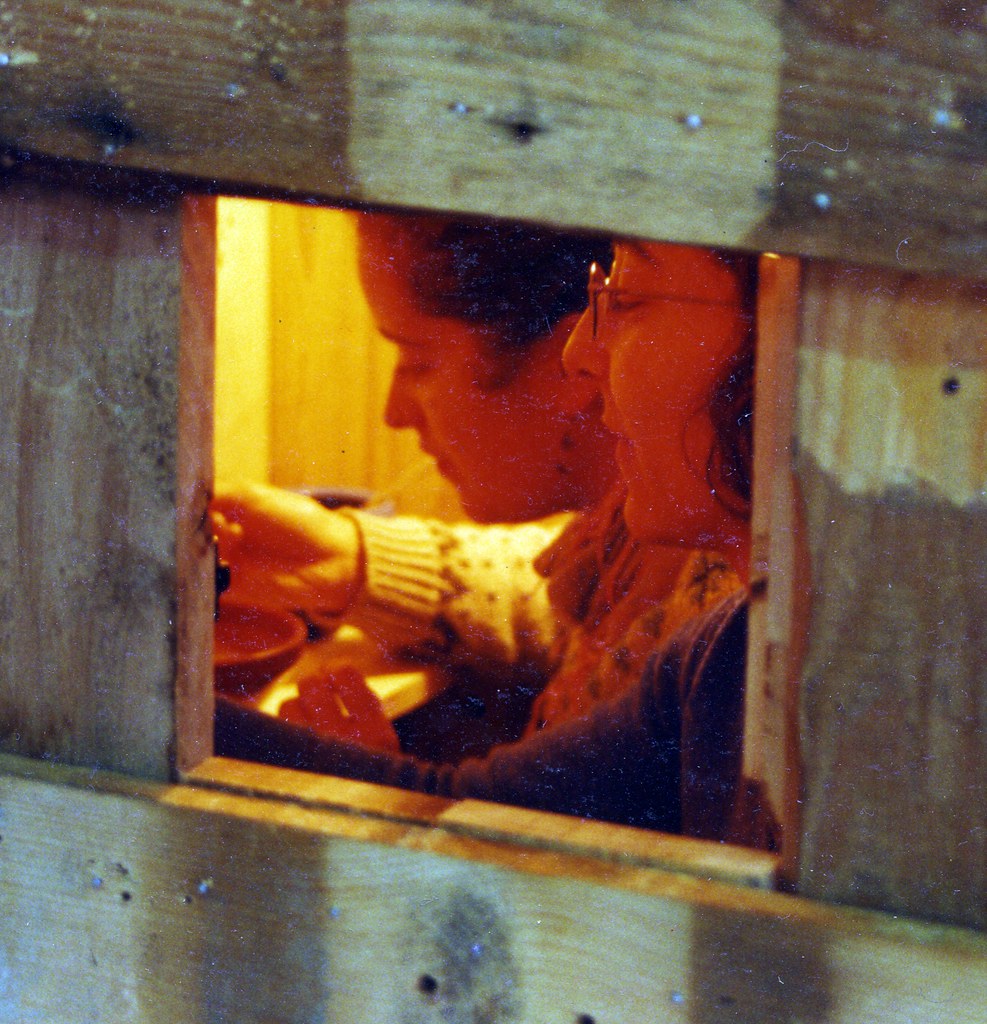
Over on our food blog, Quotidian Efficacy, I posted a chicken soup recipe, the direct descendant of a recipe I used in an installation back when I lived in Valencia. Entitled Un Lugar Donde Comer Sopa, and unofficially dubbed "la caja de sopa" or "the soup box," it consisted of a wooden box, one meter square at the base and about 150 cm tall. The wood for the box was salvaged from old pallets and construction sites. The exterior was left aged, embedded with nails, plaster, concrete, and paint. The interior was sanded clean, and all the nails used in the assembly of the walls were nailed from the inside out. On one side was a door with a small window and a peephole, looking out. The door and window could be locked from the inside. There was an incandescent light bulb on the wall opposite the door, and a pair of shelves on the wall to the left of the door. One shelf ran along the top of the box, and contained about six books: Plantas medicinales de la Comunidad Valenciana, La poética del espacio by Gaston Bachelard, Si una noche de invierno un viajero by Italo Calvino, El placer del texto by Roland Barthes, and two or three others I can't recall. All over the interior of the box, hidden in nooks and crannies, were quotes from the books, and songs by Os Mutantes, written in English, Spanish and Portuguese. The other shelf was placed just above the knees, so that people could set a bowl of soup and a cup of tea there. The tea, more properly called an infusion, was designed to make people sleepy (the recipe is also available at Quotidian Efficacy). People entered the box one or two at a time, and I served them soup and tea, allowing them ten or fifteen minutes to sit, and eat, and drink, and read. One girl turned the lights off and just sat in the dark for fifteen minutes.
While looking through my archives to find the sketches below I came across this quote from The Poetics of Space, which perfectly describes my goal for the piece. I'll attempt to translate as best I can:
A veces un mueble amorosamente labrado tiene perspectivas interiores modificadas sin cesar por el ensueño, se abre el mueble y se descubre una morada. Una casa que está oculta en un cofrecillo.
Sometimes a lovingly made piece of furniture has interior perspectives unceasingly modified by reverie--upon opening it one discovers a habitation. A house that has been hidden in a tiny coffer.
The soup box had a number of inspirations, primary among them would be The Poetics of Space, but I would also have to include things like Dr. Who's Tardis, a drab box with a nearly infinite interior. It also spawned a number of progeny--among them, my Reading Cell, and a mini office my Portugese professor cobbled together (though perhaps only in his head) under his stairs.
After completing the piece and feeding everyone soup I planned on dismantling it and giving the wood away, but some friends conspired to save it. To this day, in theory at least, the box is in storage in a workshop in an old house in the tiny town of Infante.
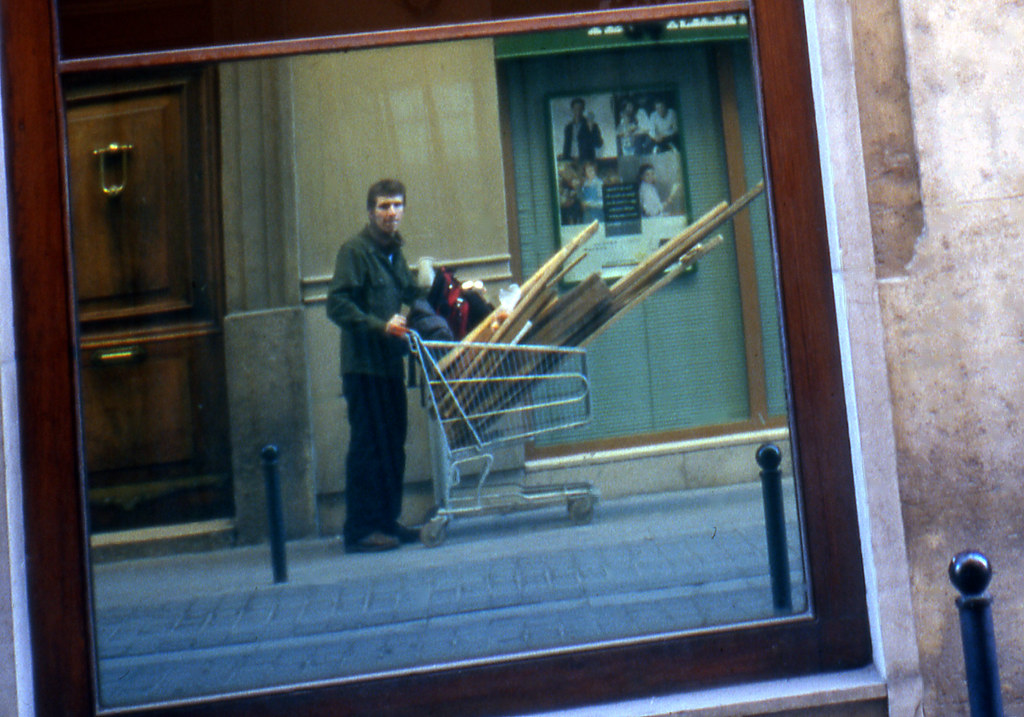 Moving wood. I would collect wood at construction sites downtown, and then push it to the Polytechnic in a shopping cart. Later on I found a bunch of pallets at school, and was spared some unnecessary labor.
Moving wood. I would collect wood at construction sites downtown, and then push it to the Polytechnic in a shopping cart. Later on I found a bunch of pallets at school, and was spared some unnecessary labor.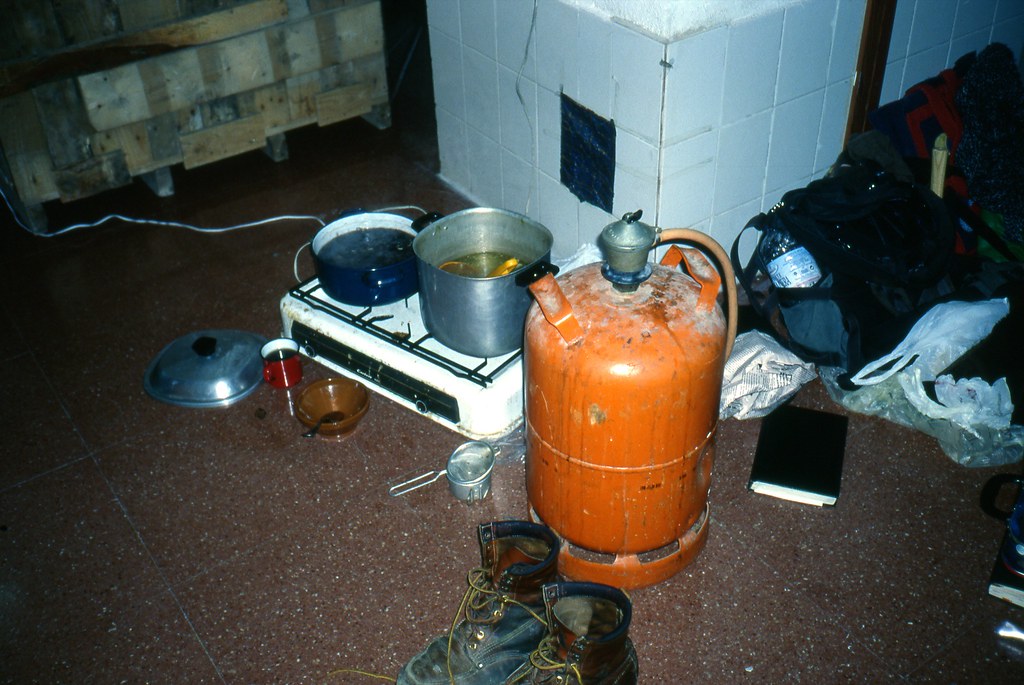 Makeshift kitchen. I made everyone take off their shoes, hence my boots in the foreground, but the concept proved decidedly foreign to the Spaniards.
Makeshift kitchen. I made everyone take off their shoes, hence my boots in the foreground, but the concept proved decidedly foreign to the Spaniards.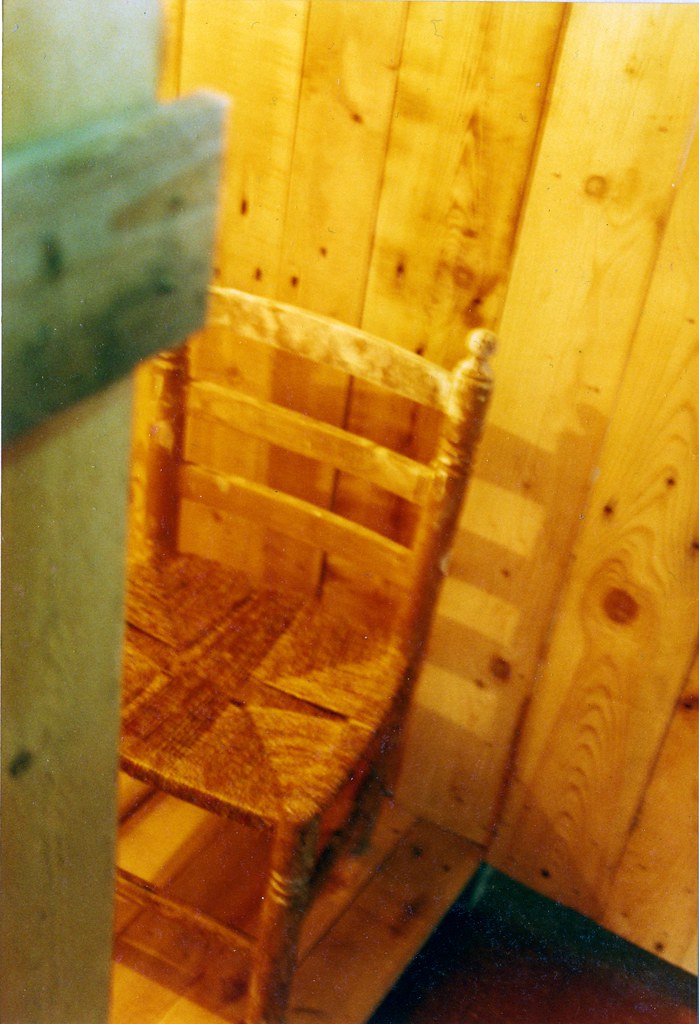 This photo, the one up top, and those that follow were all taken by Elena, a gal in my sculpture class. I found this little chair in the trash (Valencia has the greatest trash, you could furnish a flat with it in less than a month), and refinished the bottom.
This photo, the one up top, and those that follow were all taken by Elena, a gal in my sculpture class. I found this little chair in the trash (Valencia has the greatest trash, you could furnish a flat with it in less than a month), and refinished the bottom.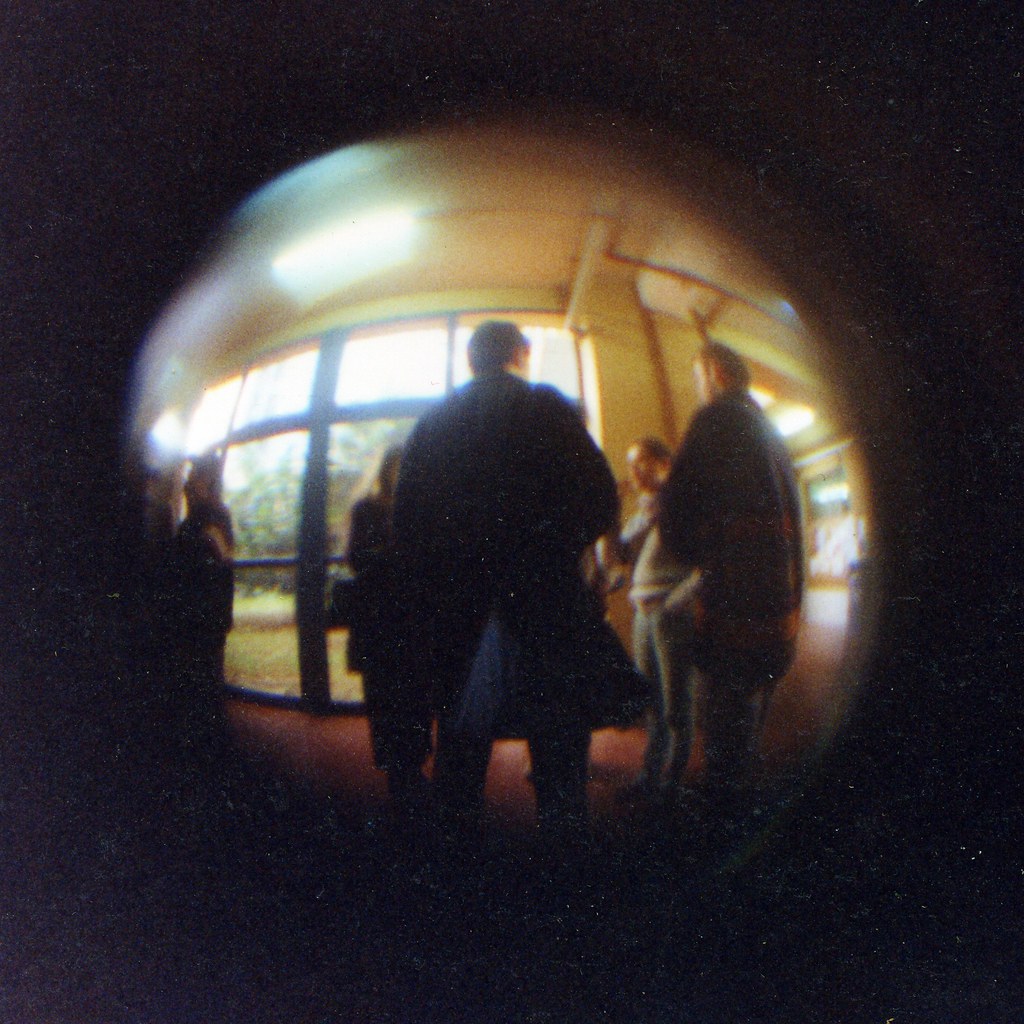
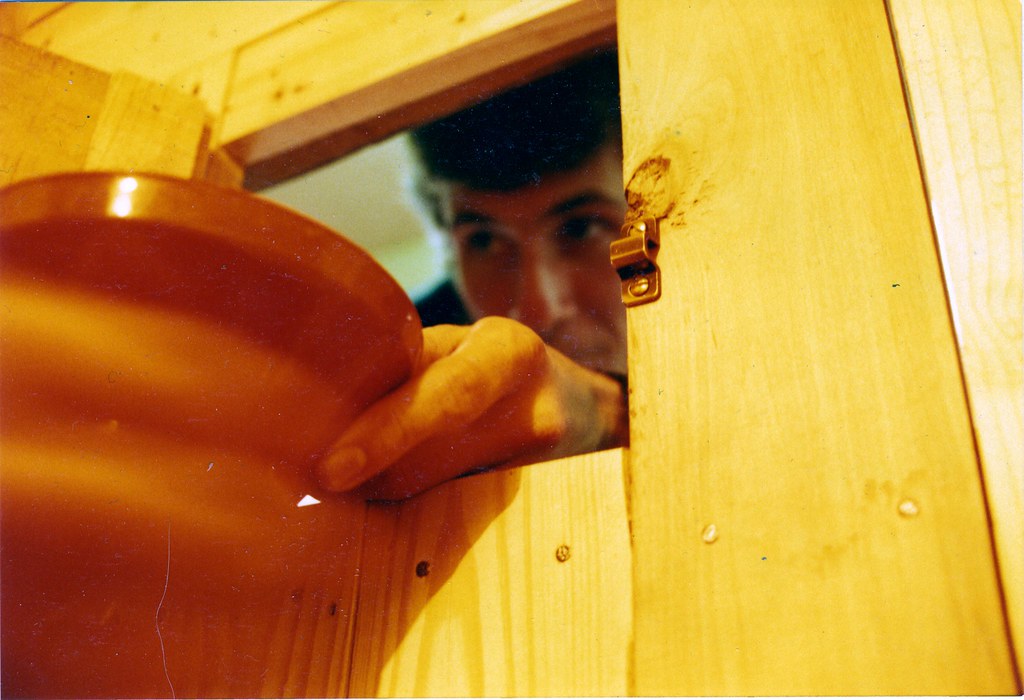
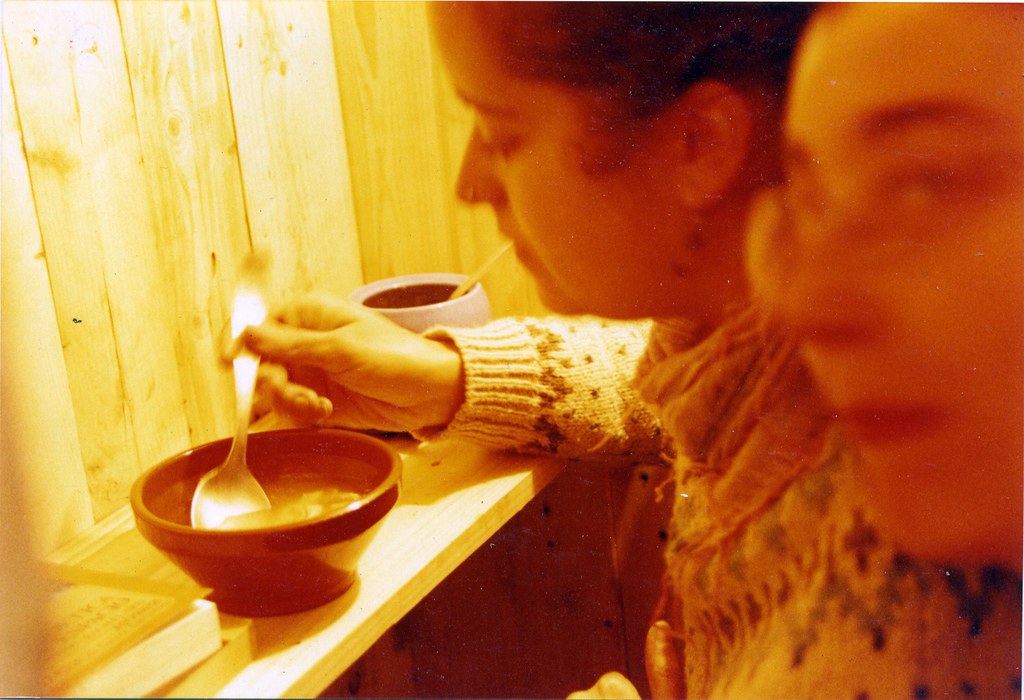
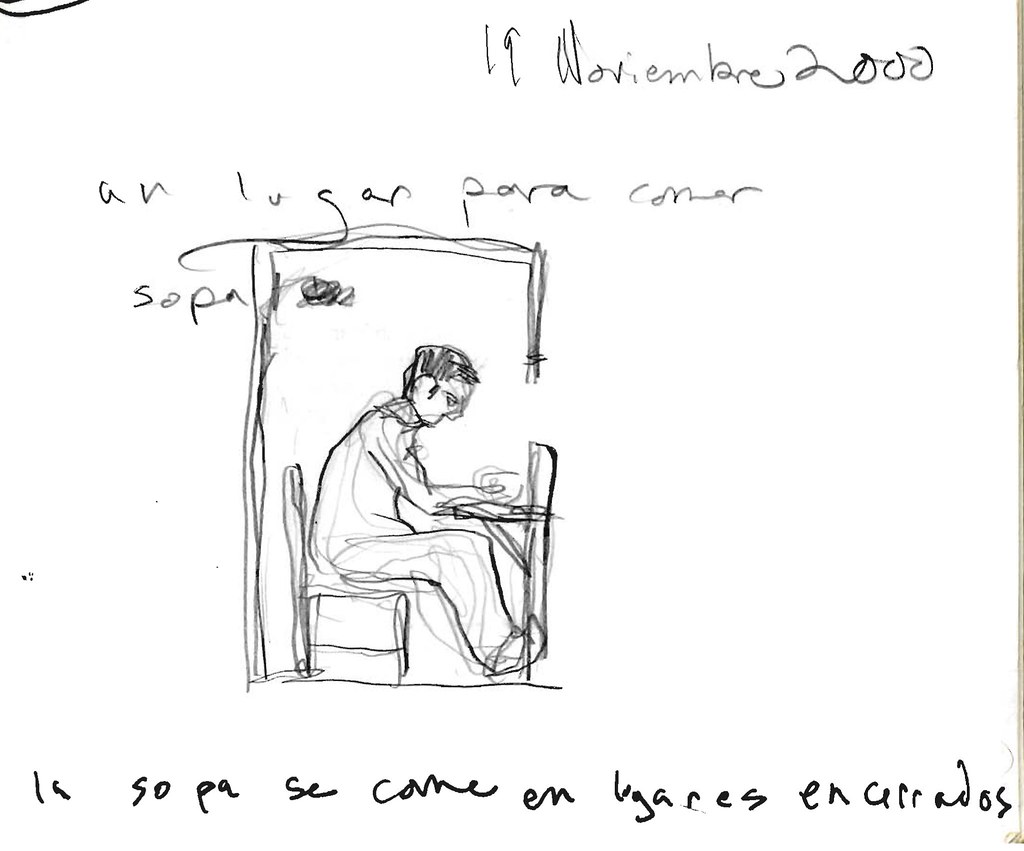
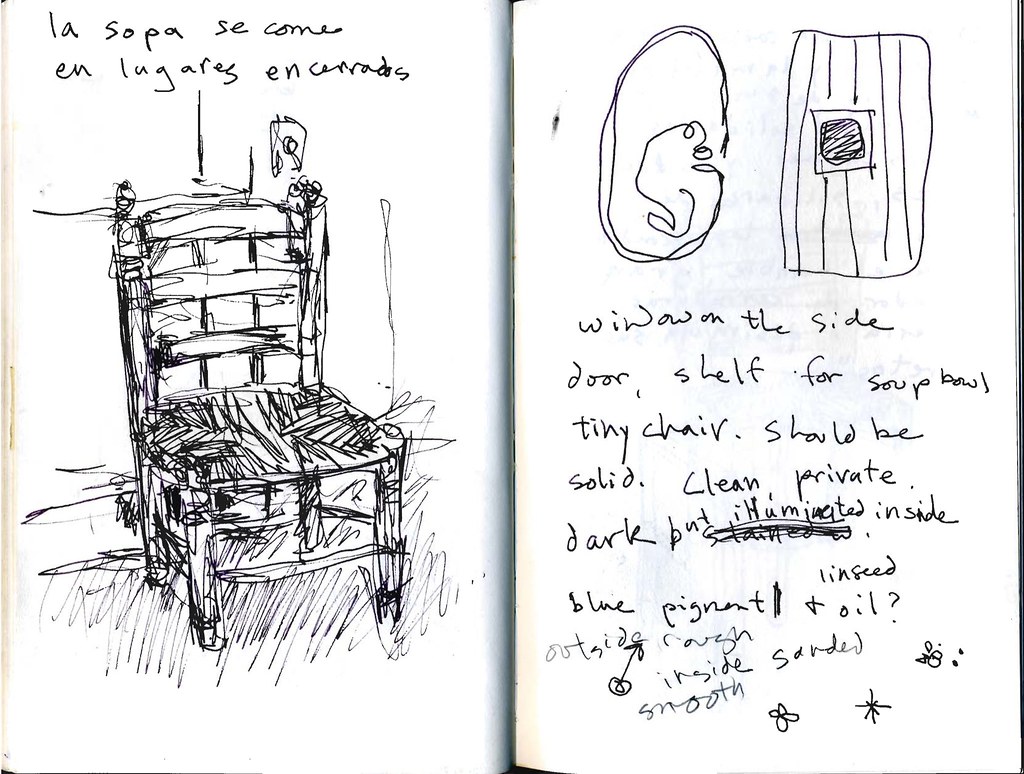
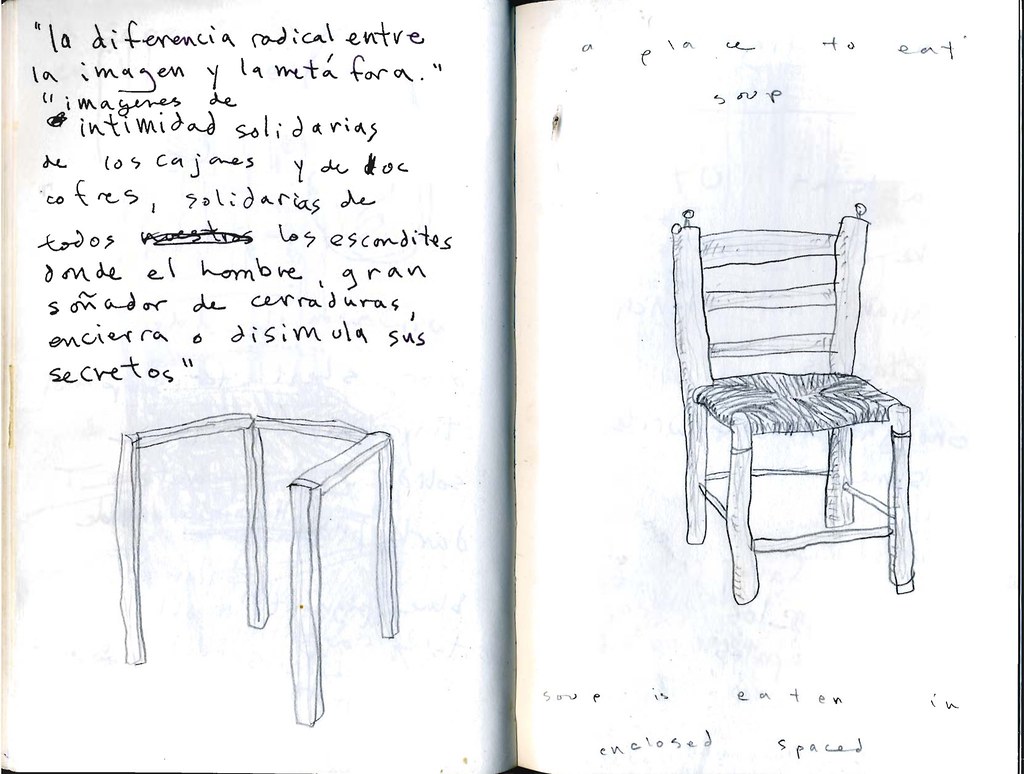
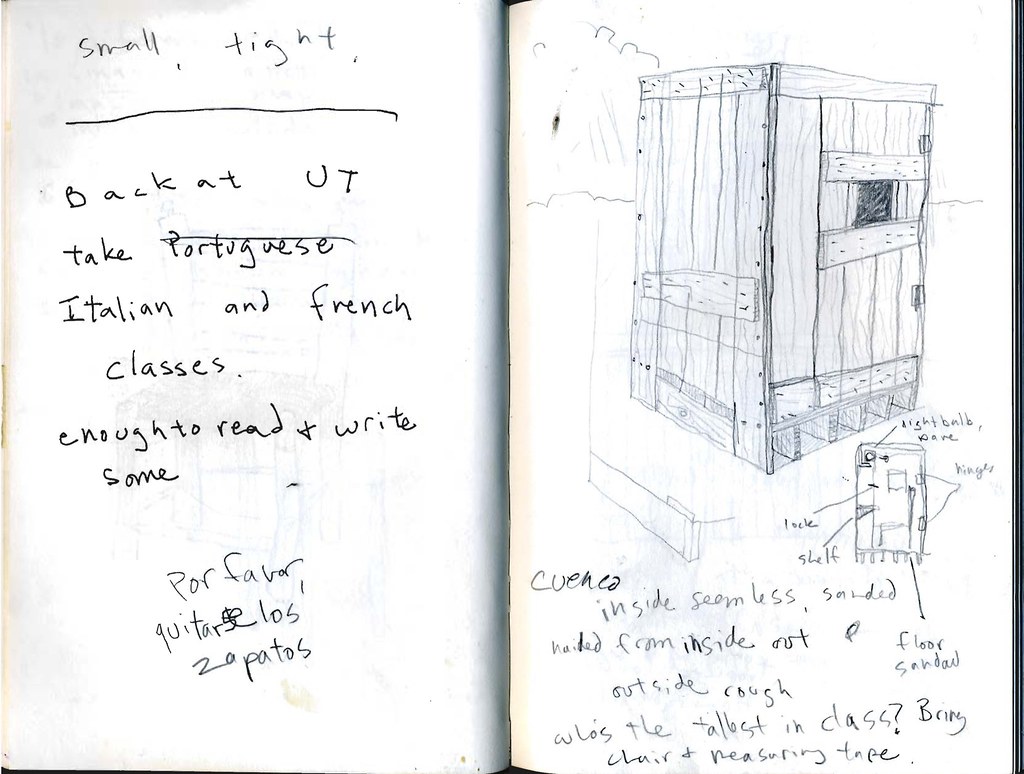
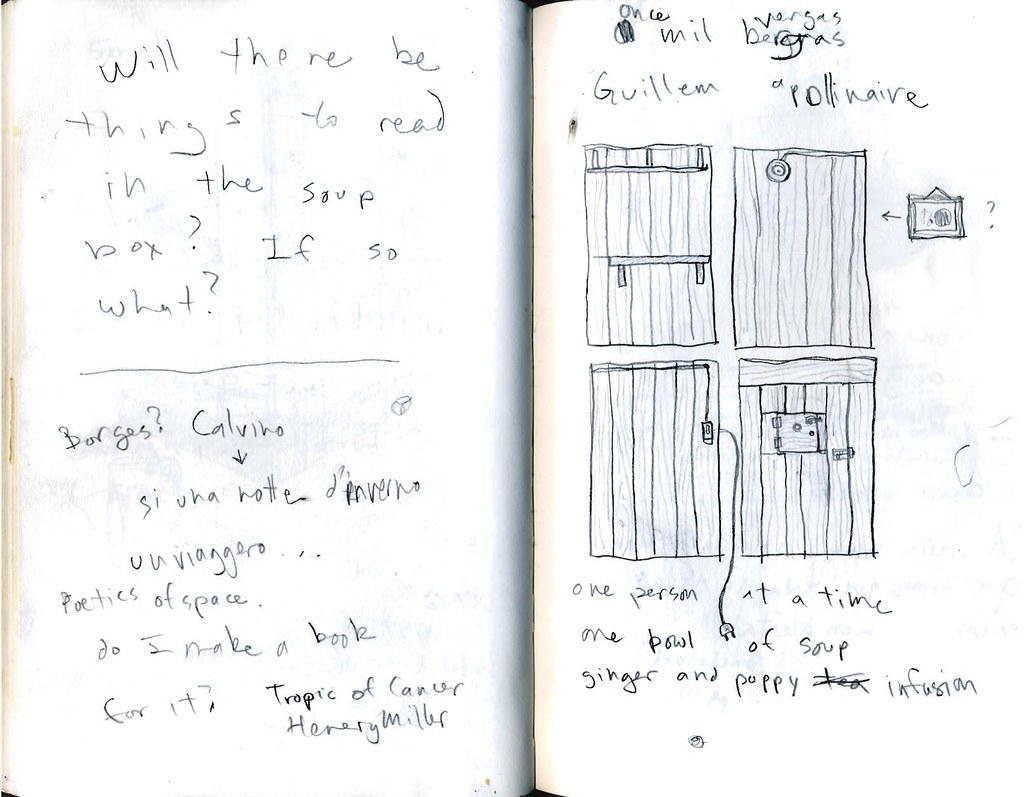
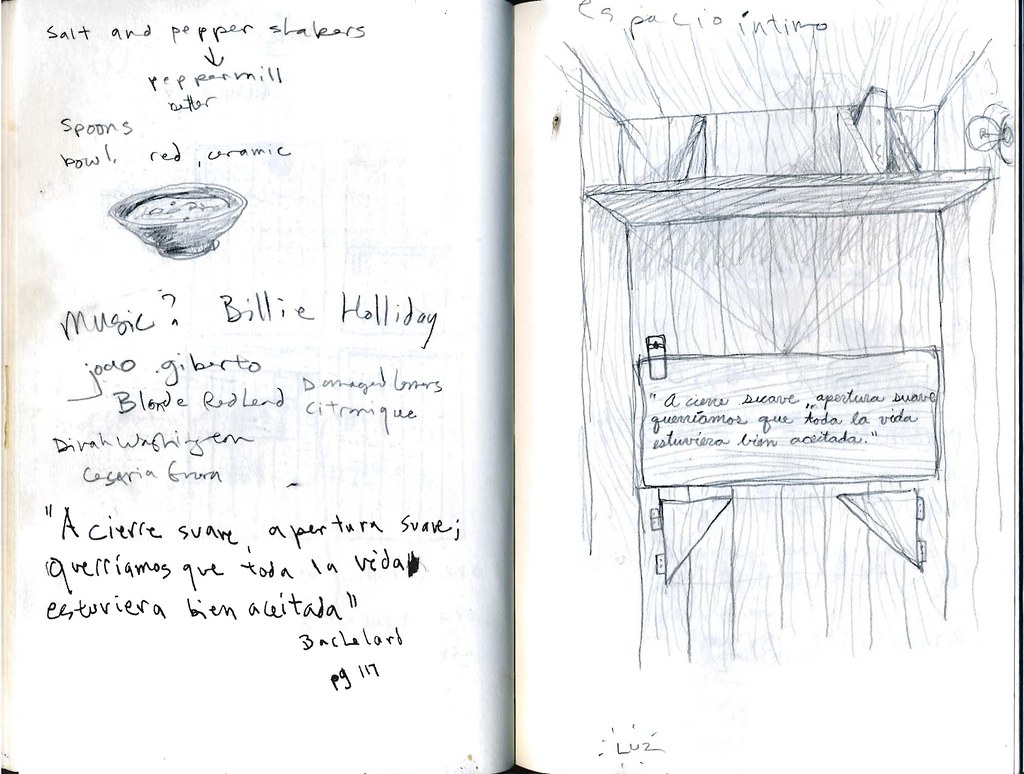

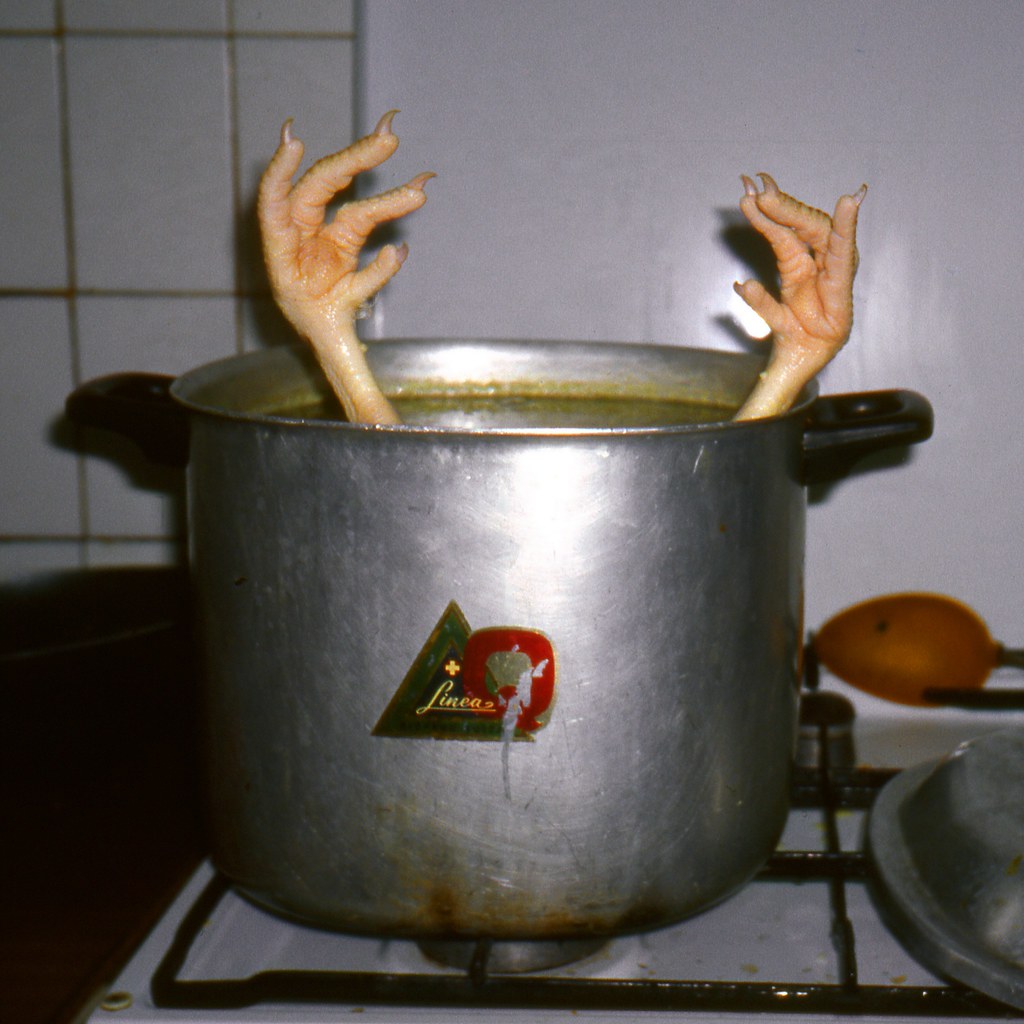
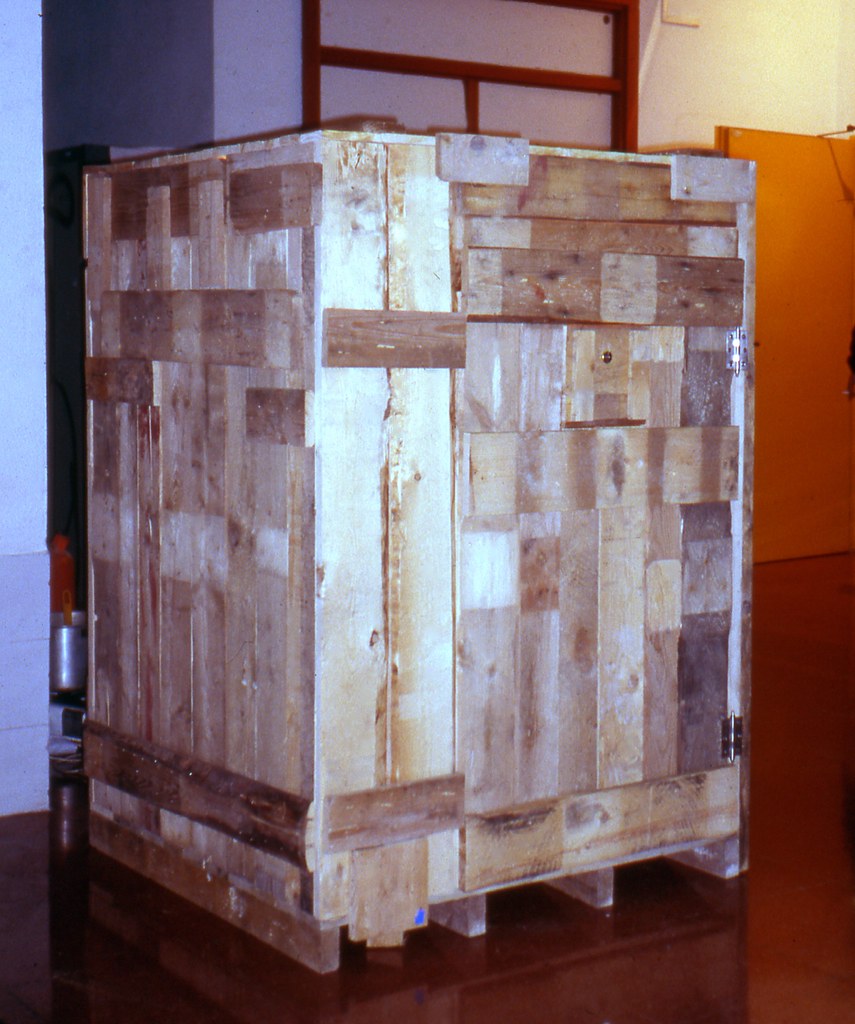


No comments:
Post a Comment